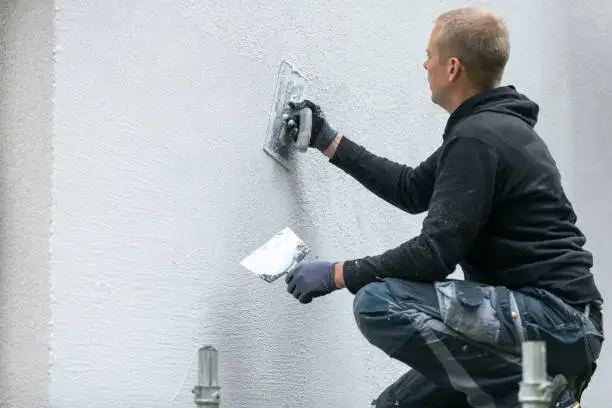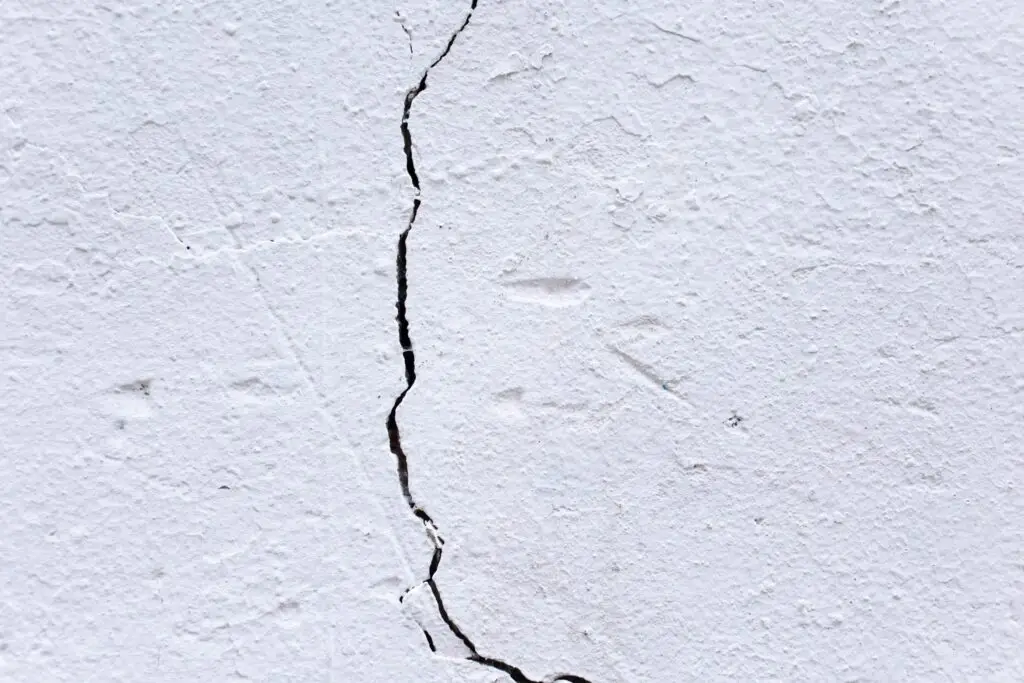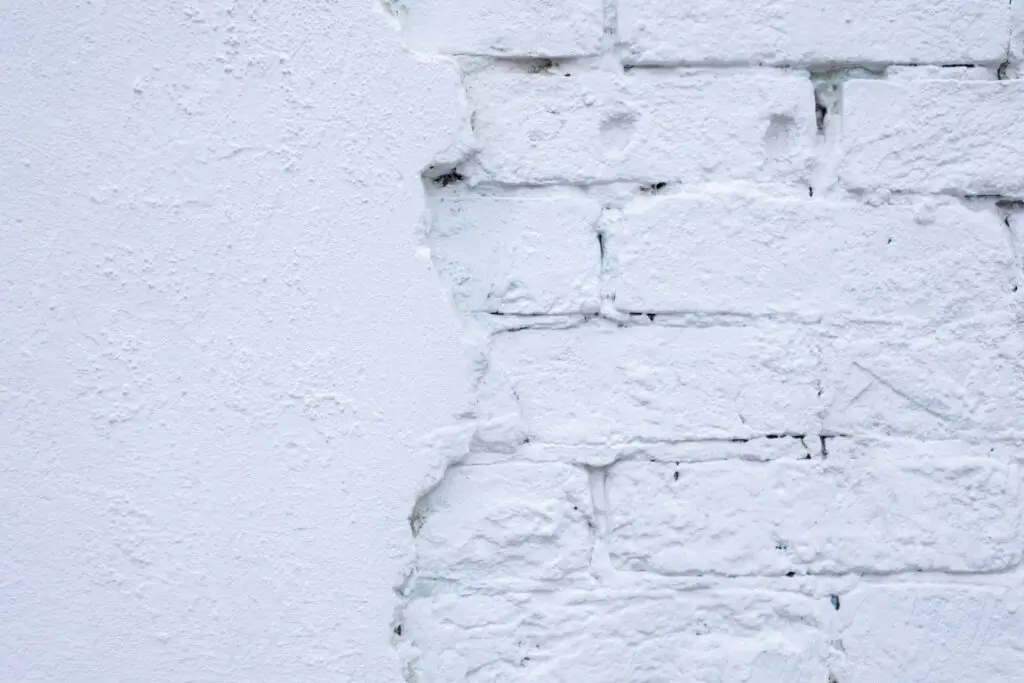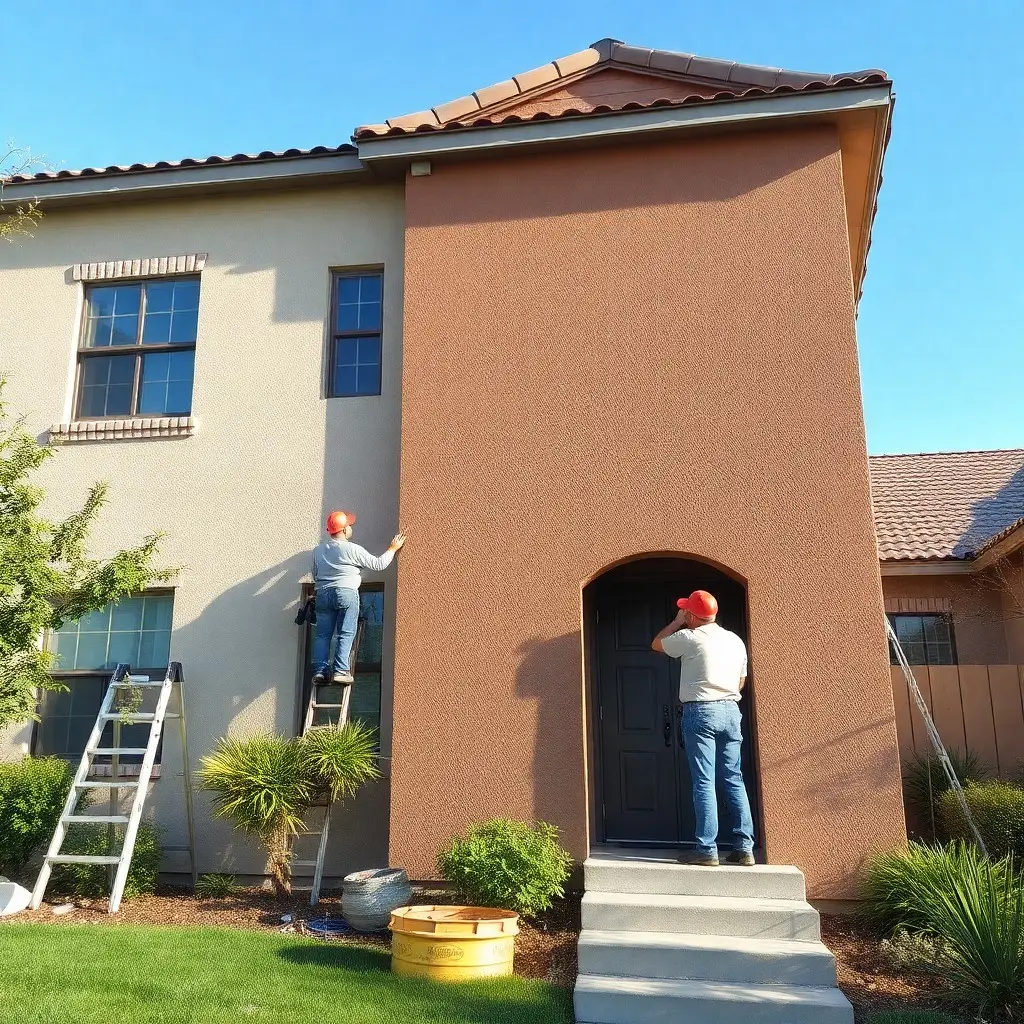
Synthetic Stucco Patch in San Diego
A synthetic stucco patch is a specially formulated material intended to repair damaged areas of synthetic stucco. Typically composed of polymers, aggregates, and other additives designed to replicate its appearance and texture, synthetic stucco patches can adhere seamlessly with existing stucco surfaces for seamless repairs.
When Do You Need Synthetic Stucco Patch?
- Cracks: One of the primary reasons for needing synthetic stucco patches is cracks appearing in buildings or homes, whether due to settlement, temperature fluctuations, or improper installation. These cracks compromise the integrity of stucco systems, allowing moisture to enter through them and leading to further damage; so it’s essential to address them quickly in order to prevent water intrusion and potentially structural issues from developing.
- Impact Damage: Synthetic stucco can be subject to impact damage from hailstorms, flying debris, or accidental collisions, so if any impact damage does occur, it’s vitally important that it is repaired promptly to preserve its aesthetic qualities and the aesthetic value of your building.
- Moisture Intrusion: While synthetic stucco is designed to resist water intrusion, improper installation or flashing could allow moisture in. Moisture intrusion often results from improper stucco flashing or damage to the stucco surface itself; when signs of bubbling, staining, or mold growth appear, it’s essential that this issue be addressed immediately to avoid further deterioration and potential health hazards.
- Delamination: Delamination refers to the separation of synthetic stucco layers due to improper installation or water intrusion, typically as a result of improper installation or water intrusion. Once separated, this can create weakening within your system as well as potential structural issues. If you notice hollow sounds when tapping on your stucco or visible separations between layers, professional help should be sought immediately to assess and remedy.
- Fading or Discoloration: Over time, synthetic stucco can fade or discolor from sunlight exposure, weather conditions, or incompatible cleaning agents used. If this compromises its aesthetic appeal and appearance, a patch can restore its original hue to improve the aesthetic appeal of a building.


Book Appointment Today!
How Does Synthetic Stucco Patch Work?
Synthetic stucco patch works by filling and covering damaged areas on stucco surfaces, such as cracks or peeling areas. When applied directly onto these spots, it bonds directly to existing stucco and forms a smooth finish. Furthermore, its flexible material expands and contracts along with it so as not to crack or peel over time.
Steps to Repair Synthetic Stucco
Patching synthetic stucco requires careful preparation and attention to detail. Here are the general steps involved in patching synthetic stucco:
1. Assess the Damage: Before starting any repairs, it’s important to assess the extent of the damage. Inspect the entire surface of the synthetic stucco for cracks, chips, or other forms of damage. Identify any areas where the stucco has become detached from the wall or where water intrusion may have occurred. This assessment will help determine the scope of the repairs needed.
2. Prepare the Surface: To ensure a successful repair, it’s crucial to prepare the surface properly. We begin by cleaning the damaged area using a pressure washer or a stiff brush and water. Remove any loose or crumbling stucco, dirt, or debris. Allow the surface to dry completely before proceeding.
3. Repair Cracks and Chips: Small cracks and chips in synthetic stucco can be repaired using a high-quality elastomeric caulk or a synthetic stucco patching compound. Applying the caulk or patching compound to the damaged area, smooth out the surface, ensuring that the repair blends seamlessly with the surrounding stucco.
4. Address Water Intrusion Issues: If water intrusion has caused damage to the synthetic stucco, it’s crucial to address this issue before repairing the stucco. Water intrusion can lead to mold growth, rot, or further damage to the stucco. We identify the source of the water intrusion and fix it. This may involve repairing or replacing damaged flashing, sealing gaps around windows or doors, or improving the drainage system.
5. Reattach Loose Stucco: If the synthetic stucco has become detached from the wall, it will need to be reattached by removing any loose stucco.
6. Apply a Finish Coat: Once the repairs are complete, it’s time to apply a finish coat to the synthetic stucco. The finish coat not only enhances the appearance of the stucco but also provides an additional layer of protection. There are various types of finish coats available, including acrylic finishes, elastomeric coatings, and textured coatings.
7. Paint or Seal the Stucco: If desired, we can paint the synthetic stucco to further enhance its appearance and protect it from the elements. Use a high-quality exterior paint specifically designed for stucco surfaces.
Frequently Asked Questions
Can synthetic stucco (EIFS) be patched in small areas, or does the entire wall section need repair?
Yes, small areas of synthetic stucco can often be patched using appropriate materials. However, larger patches are more noticeable and may look mismatched. One expert notes:
“If the area is small, I would suggest using a patching product; however, the larger the area, the more noticeable it will be”
What are the risks of improperly patched synthetic stucco?
Synthetic stucco systems—especially barrier types—can trap moisture if repairs aren’t done correctly. This can lead to mold, rot, and structural damage. One resource warns that moisture can accumulate behind insulation without proper egress, stressing the importance of preserving drainage during patching
Is synthetic stucco easy to patch myself, or should I call a professional?
While small patches might be feasible for DIYers, synthetic stucco patching often requires specialized techniques and materials to match texture and ensure proper adhesion. A common myth addressed by professionals states that “Stucco patching is a specialist technique that needs training and knowledge… trying to patch stucco on your own might be dangerous”
What materials and methods ensure a long-lasting synthetic stucco patch?
It’s crucial to use manufacturer-approved patching compounds and match the specific EIFS system. Since synthetic stucco varies by product, using the wrong mix can lead to poor adhesion and premature failure. Proper technique and quality materials can ensure patch longevity “lasting many years if done correctly and with high-quality materials”

At Stucco Repair San Diego, we are committed to providing exceptional Synthetic Stucco Patching.
Our goal is to provide a proper Synthetic Stucco Patch that lasts and improves the aesthetic of your property.
Contact us today to discuss your project and get a free quotation from expert contractors Services.

